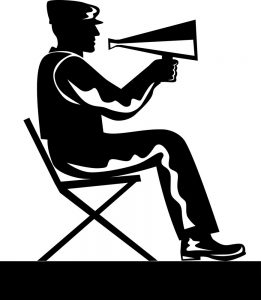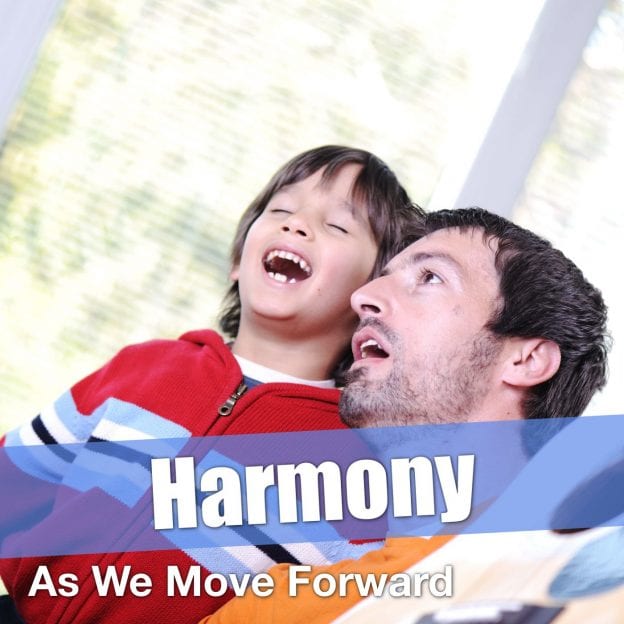
Music has had an important place in my life. I remember having a record player as a young child-a 45 rpm record player. I played my records so often I had the words of the songs memorized. Although I was not consciously aware of it, I also recognized and responded to the harmony in the music. Another place I learned to recognize harmony was in the hymns we sang in church. My grandfather was someone I could always listen to, so I could sing the tenor line in hymns or the bass part in three part harmonies. As my voice deepened, he served as an example to me to learn and to sing the harmony lines in these songs. I remember being impressed from an early age with the richness harmony brought to singing these familiar songs.
In school, I learned to play two instruments, both of which provided the harmony in band and orchestra music. I became conscious over time of just how many layers go into the harmony in most band and orchestral music. The richness and diversity of it was largely dependent on the musical ability of various musicians, their sense of timing and, of course, the skill of the director to make certain the right parts were the correct We performed at the correct time, at the proper volume and at the correct tempo.
While the melody is important in any piece of music, my memory is that more rehearsal time was spent on the various harmony parts than on the musicians who carried the melody. I believe that initial fear of missing your part or playing it incorrectly or at the wrong tempo may be an initial barrier to achieving harmony. It can be intimidating to watch the director and make your entrance correctly.
This analogy can be applied not only to music but to many situations in life. Our part in our personal relationships, our jobs and other groups we are a part of may be playing one of the harmony parts. Few of us are called on in our lives to play the melody. Our part might seem small and might seem to be unnoticed, almost to the point of being invisible. We might be reluctant or even afraid to play our harmony part. This can be difficult enough when the director is known and the directions are clear.
When there is chaos and a number of voices all clamoring for our attention and claiming to be the leader, it can be intimidating to play our part. Without every part played properly and at the correct tempo, there can be no harmony. In this situation, the whole piece suffers.

As we move forward, let us envision the piece we are performing. How clear are we about the overall theme and purpose of the composition. Who is the director? Can we see that person and follow their direction? What do we do if there are more than one person claiming to be the director and vying for our attention? What if groups of musicians are following other directors and shouting at us to follow them?
As we move forward, how can we help others hear the voice of the director and follow the director so all the parts will be played properly? Only in this way can harmony be achieved. Harmony is not achieved when our part or that of someone else is silenced. Harmony occurs when all the parts are played as intended.
If you would like to receive new As We Move Forward posts, please subscribe to the As We Move Forward mailing list by clicking here. I release entries on a bi-weekly basis.We have a podcast containing the As We Move Forward articles read by Jae Bloom.

